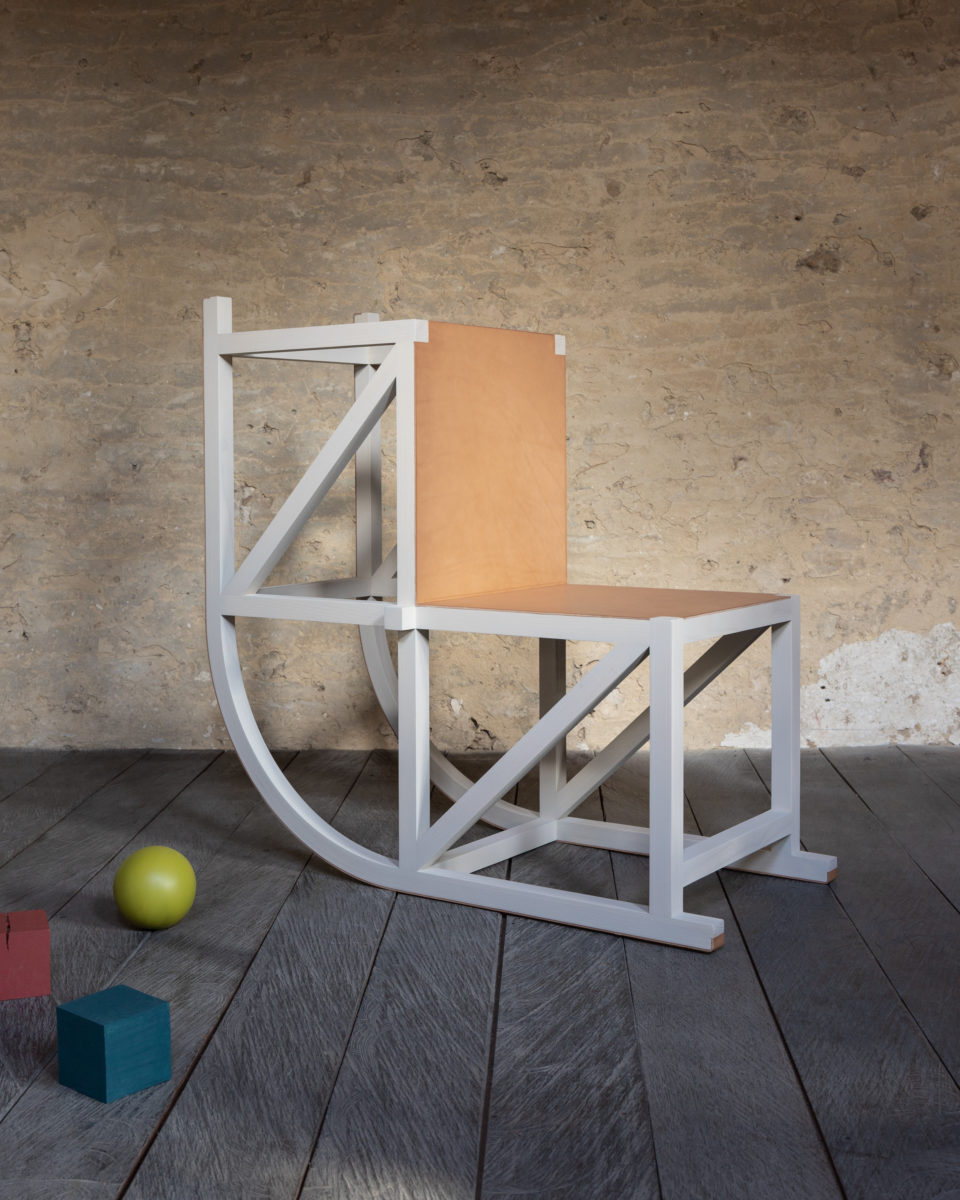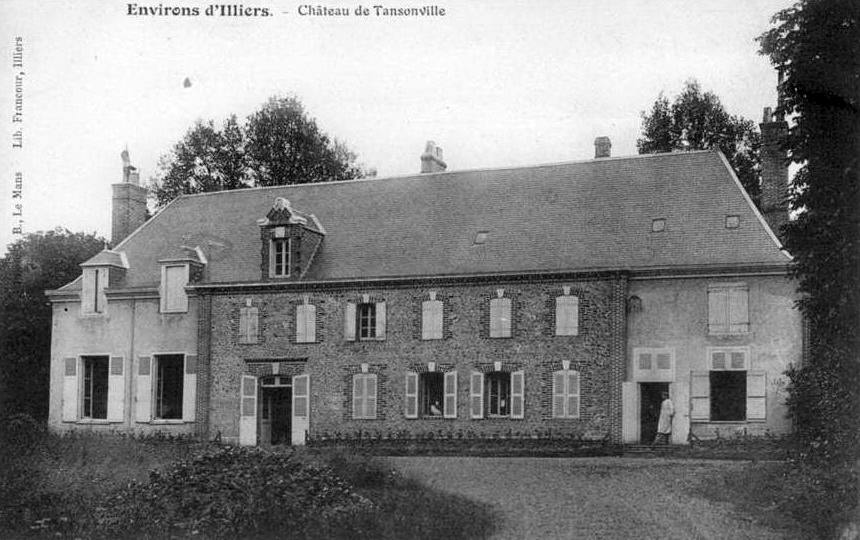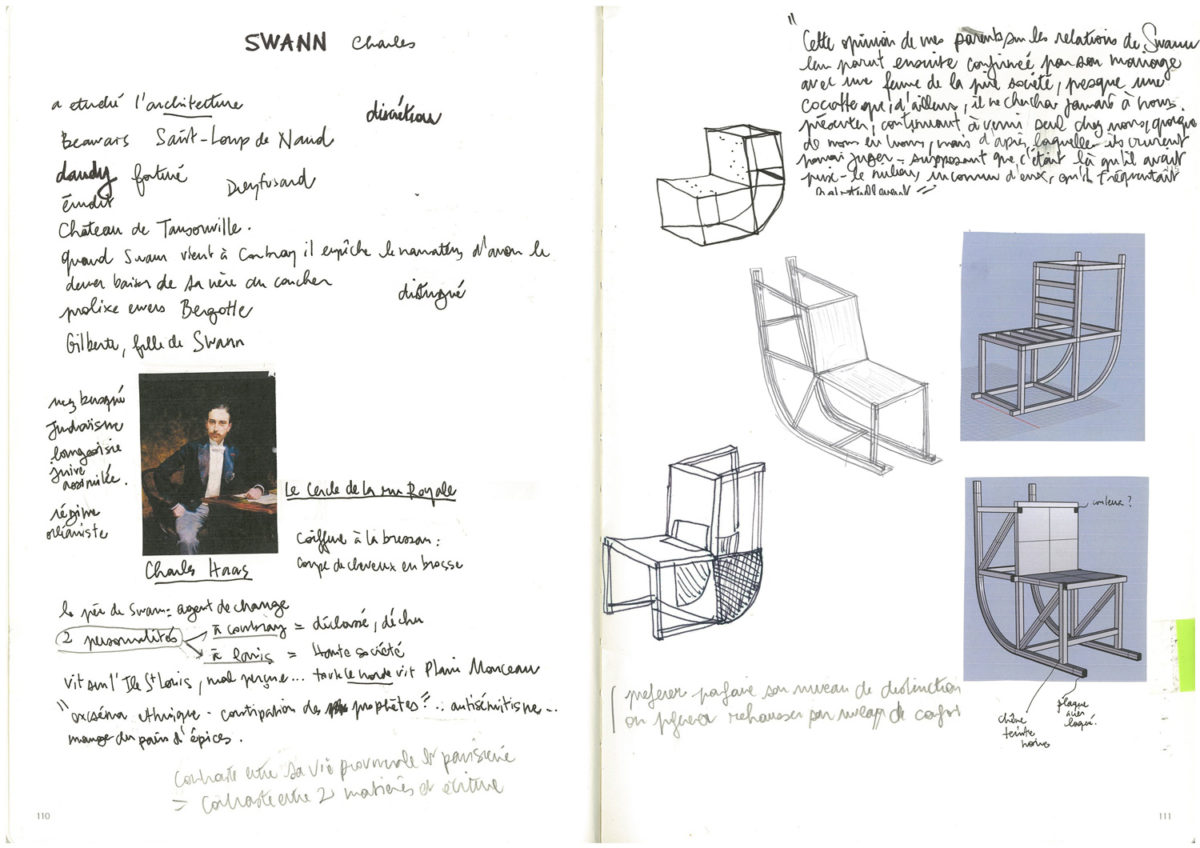Swann

“This view of Swann’s social atmosphere which prevailed in my family seemed to be confirmed later on by his marriage with a woman of the worst class, you might, you might almost say a “fast” woman, whom, to do him justice, he never attempted to introduce to us, for he continued to come to us alone, though he came more and more seldom ; but from whom they thought they could establish, on the assumption that he had found her there, the circle, unknown to them, in wich he ordinarily moved.”
Marcel Proust, Swann’s Way



Swann, the character
This view of Swann’s social atmosphere which prevailed in my family seemed to be confirmed later on by his marriage with a woman of the worst class, you might, you might almost say a « fast » woman, whom, to do him justice, he never attempted to introduce to us, for he continued to come to us alone, though he came more and more seldom ; but from whom they thought they could establish, on the assumption that he had found her there, the circle, unknown to them, in wich he ordinarily moved.
Marcel Proust, Swann‘s Way
Charles Swann is one of the main characters of In Search of Lost Time. Born into a rich and bourgeois family, he frequents the high society of the Faubourg Saint-Germain. Swann flourishes in this worldly life because he can meet a lot of women:
But Swann was so ardent a lover that, once he had got to know almost all the women of the aristocracy, once they had taught him all that there was to learn, he had ceased to regard those naturalization papers, almost a patent of nobility, which the Faubourg Saint-Germain.
Marcel Proust, Swann‘s Way
Combray’s petty bourgeoisie didn’t approve of his marriage to a tart named Odette de Crécy. The Narrator’s parents didn’t like her, so Swann use to come to dinner at their house alone.
This view of Swann’s social atmosphere which prevailed in my family seemed to be confirmed later on by his marriage with a woman of the worst class, you might, you might almost say a “fast” woman, whom, to do him justice, he never attempted to introduce to us, for he continued to come to us alone, though he came more and more seldom ; but from whom they thought they could establish, on the assumption that he had found her there, the circle, unknown to them, in which he ordinarily moved.
Marcel Proust, Swann‘s Way


From literature to design
Towards a reversible chair
Swann is an acrobat balancing between two worlds. Anthony Guerrée wanted to pay tribute to Swann’s social agility by designing a reversible chair whose back can be the seat and the seat, the back.
This chair also evokes the two ways of Combray, Swann’s way and the Guermantes way.
For there were, in the environs of Combray, two “ways” which we used to take for our walks, and so diametrically opposed that we would actually leave the house by a different door, according to the way we had chosen: the way towards Méséglise- la-Vineuse, which we called also “Swann’s way” because, to get there, one had to pass along the boundary of M. Swann’s estate, and the “Guermantes way”.
Marcel Proust, Swann‘s Way
